






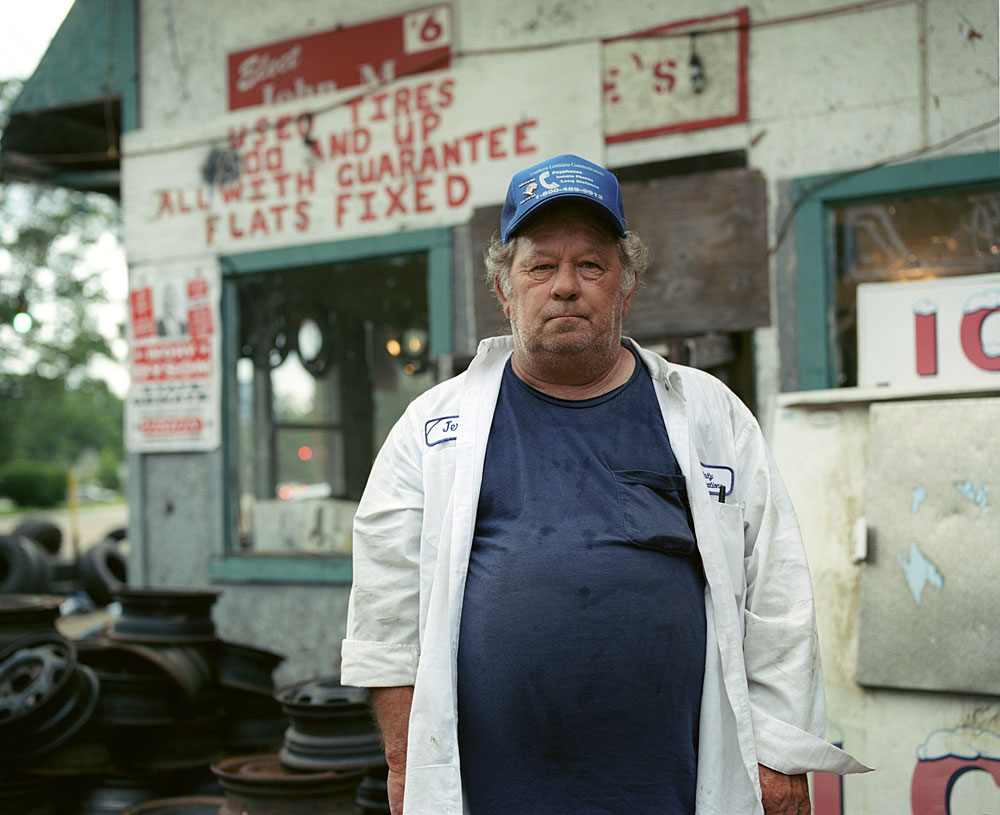
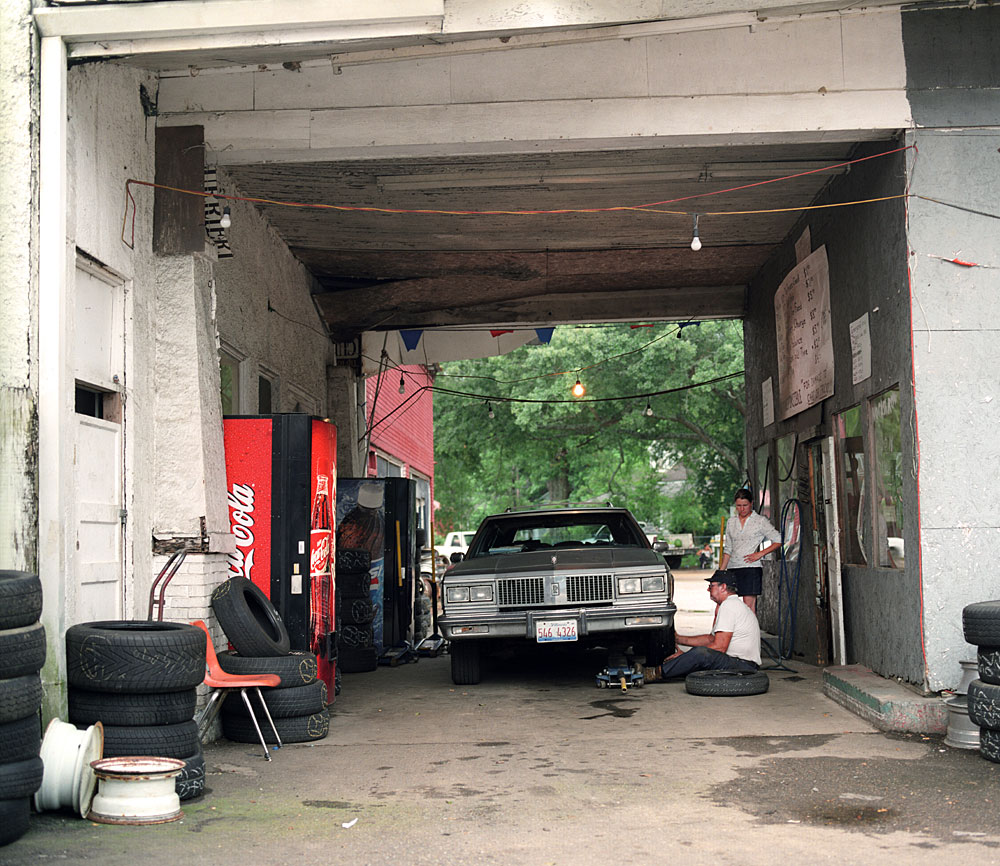

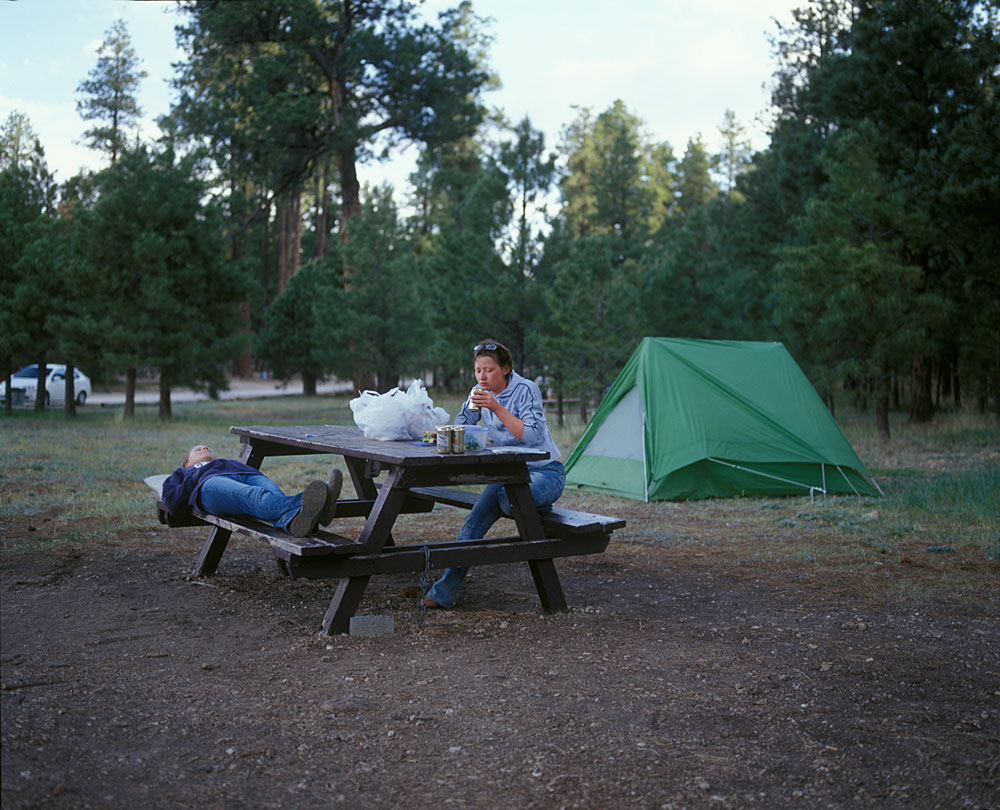
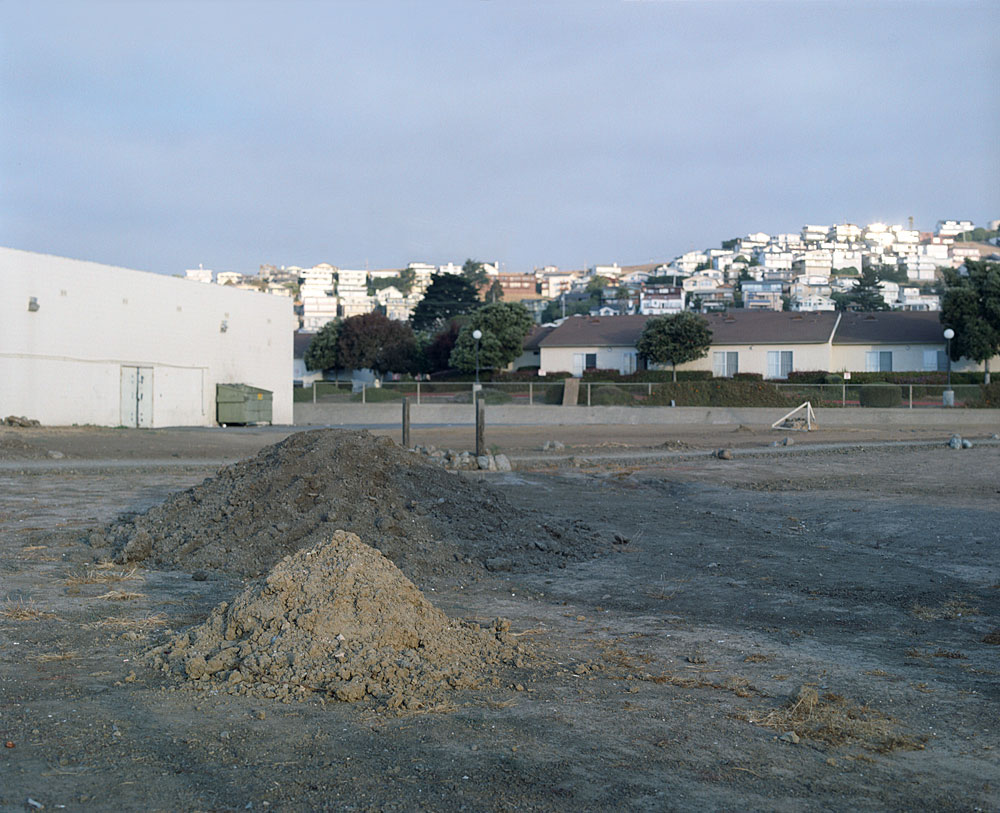

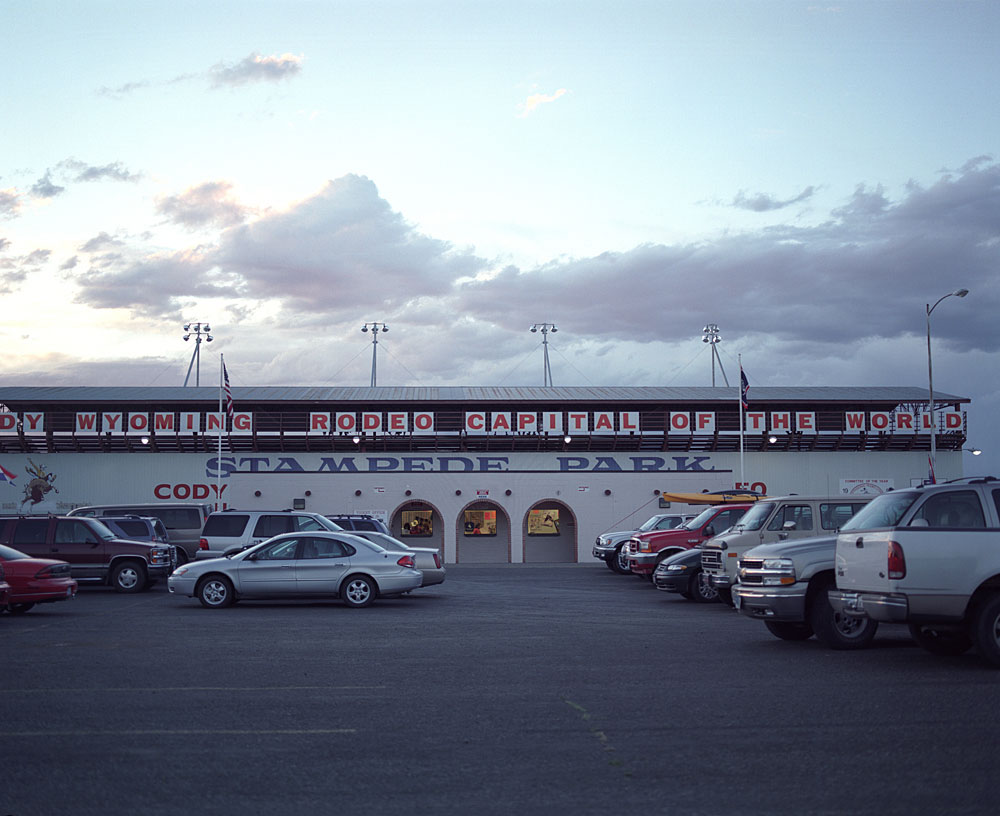
Vanishing Point
In 2004 I set out to capture the America that French philosopher Jean Baudrillard wrote about in his book “America” (1986). We traveled around the United States for 2 months by Oldsmobile Delta 1988, exactly 20 years after the first “America” was published.
The term vanishing point is used by art theorists to define the point where lines cross each other in perspective. In this project, the vanishing point becomes the marker where the reality of multicultural and multi geographical America turns to be a simulacrum of itself. Geographical, economic and lifestyle aspects of it are researched at the point where reality disappears and the “other planet” or “utopia achieved” begins.
I went in search of astral America, not social and cultural America, but the America of the empty, absolute freedom of the freeways, not the deep America of mores and mentalities, but the America of desert speed, of motels and mineral surfaces. I looked for it in the speed of the screenplay, in the indifferent reflex of television, in the film of days and nights projected across an empty space, in the marvelously affectless succession of signs, images, faces, and ritual acts on the road; looked for what was nearest to the nuclear and enucleated universe, a universe which is virtually our own, right down to its European cottages.
Jean Baudrillard ( “America”)
The first impression of the new continent, as one of J.Baudrillard’s, tend to disappear when you stop traveling and start living here. To keep my point of view fresh and full of excitement I had to go back to his book constantly.
Astral America
Unreality no longer resides in the medium of fantasy, or in the beyond, but in the reals hallucinatory resemblance to itself.
American culture is heir to the deserts, but the deserts here are not part of a Nature defined by contrast with the town. Rather they denote the emptiness, the radical nudity that is the background to every human institution. At the same time, they designate human institutions as a metaphor of that emptiness and the work of man as the continuity of the desert, culture as a mirage and as the perpetuity of the simulacrum.
The obsessive fear of the Americans is that the lights might go out. The skylines lit up at dead of night, the air-conditioning systems cooling empty hotels in the desert and artificial light in the middle of the day all have something both demented and admirable about them. The mindless luxury of a rich civilization, and yet of a civilization perhaps as scared to see the lights go out as was the hunter in his primitive night.
Utopia Achieved
America is neither dream nor reality. It is a hyperreality. It is hyperreality because it is a utopia which has behaved from the very beginning as though it were already achieved.
The Americans are not wrong in their idyllic conviction that they are at the center of the world, the supreme power, the absolute model for everyone. And this conviction is not so much founded on natural resources, technologies, and arms, as on the miraculous promise of utopia made reality, of a society which with a directness of everything the others have dreamt of – justice, plenty, rule of law, wealth, freedom: it knows this, it believes in it, and in the end, the others have come to believe in it too.
Jesus is watching you / Don’t drink and drive / Expect a Miracle Las Vegas: A buck can change your life forever! Salt Lake City: What other two guys next to Jesus did? California: the epitome of all that is beautiful Highways: Right lane must exit Hotels: All you need is here - Air conditioning and cable TV
Desert for ever
What is arresting here is the absence of all these things – both the absence of architecture in the cities, which are noting but long tracking shots of signals, and dizzying absence of emotion and character in the faces and bodies. The only tissue of the city is that of the freeways, a vehicular, or rather an incessant transurbanistic, tissue, the extraordinary spectacle of these thousands of cars moving at the same speed, in both directions, headlights full on in broad daylight, on Ventura Freeway, coming from nowhere, going nowhere: an immense collective act, rolling along, ceaselessly unrolling, without aggression, without objectives – transferential sociality, exhausting itself in surfaces, networks, and soft technologies.